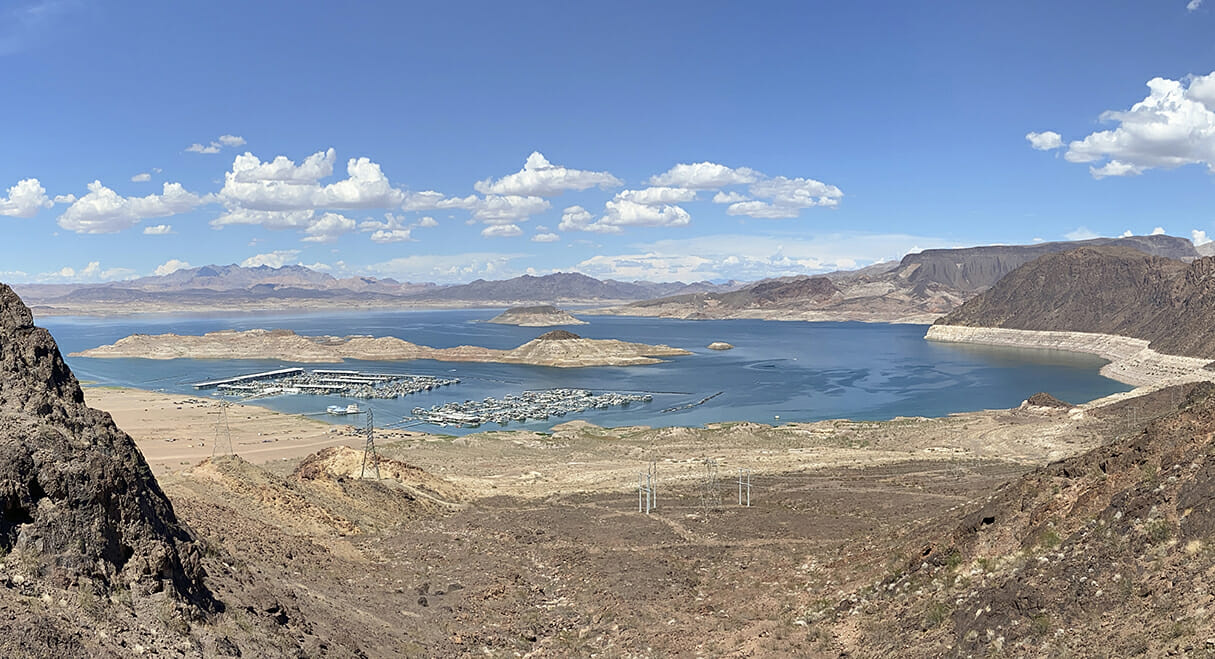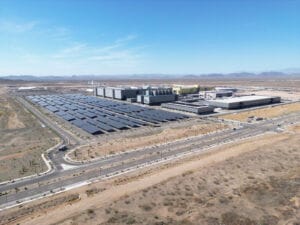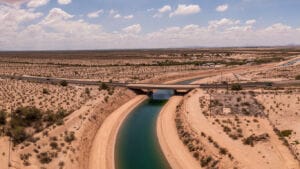Getting paid not to farm? With water levels in Lake Powell and Lake Mead at record lows, federal officials are ready to spend tens of millions of dollars to get farmers and other water users to conserve in 2023 and keep the reservoirs from falling farther.
DEEPER DIVE: Here’s a look at the future of water in Arizona
READ ALSO: Some fast facts to know about the Arizona water supply
A rebooted System Conservation Pilot Program (SCPP) in the river’s Upper Basin states – Colorado, Utah, Wyoming and New Mexico – took funding applications this winter in preparation for the upcoming growing season.
But the program, in which farmers get paid not to farm on some of their fields and leave some of their irrigation water in streams, has left some growers conflicted about their role in balancing the region’s water supplies and demands.
Greg Vlaming, a farmer in in Lewis, Colorado, in the southwest part of the state, is trying to convince other farmers that the program is a good idea.
“There’s been a lot of conservation done in this area over the years to deliver and use the water as efficiently as possible,” Vlaming said on a snowy morning as he stood at the metal diversion box that sends water to irrigate his fields. “I think conservation is something that we’re obligated to do, given our weather situation and our and our shortage of water.
“We’ve been in a 20-plus-year drought here and we’re trying to make the most of what little water we have,” he said.
But while some farmers see the program as a commonsense reaction to dwindling supplies, others see it as a slippery slope.
“I’m not planning on applying,” said Jeremy Redshaw, a farmer who lives just down the road from Vlaming in Dove Creek. “I feel like it’s too close to demand management.”
Under demand management, a concept proposed in the 2019 drought contingency plan, the conserved water would be accounted for in Lake Powell and set aside to ensure the Upper Basin states met downstream obligations to California, Nevada and Arizona. Upper Basin states have studied the feasibility of demand management but haven’t stood up those programs.
The system conservation program makes no such promises. The program, approved by Congress in December, draws on $125 million in federal funds to pay farmers to use less water and leave some of their fields unplanted this growing season.
Farmers and other water users in Colorado, Wyoming, New Mexico and Utah had until March 1 to apply for federal payments in exchange for promising to use less water from the Colorado River and its tributaries. The water they would have used to grow their crops stays in the river, possibly boosting the levels at the river’s flagging reservoirs.
The program was tested for four years starting in 2015 with smaller projects scattered across the river’s Upper Basin. The Upper Colorado River Commission, the agency tasked with implementing the expanded program, set the base price for water in the expanded 2023 program at $150 per acre-foot of water conserved, though water users could propose a higher price with justification.
But conservation programs that pay farmers not to farm for temporary periods of time can be polarizing. Redshaw said he’s concerned that if farmers start reducing their water use, it could have ripple effects throughout the local economy.
“I want to keep farming, I want my kids to keep farming,” he said.
Elizabeth Koebele studies water policy at the University of Nevada-Reno, and says farmers might be wary of a program like the SCPP because they see it as a dangerous precedent – a small program that could someday result in the widespread drying of agricultural land.
“It could lead to – or I should say, longer term drying of land, which then has impacts like negative ecological outcomes,” Koebele said. “So I think those things are kind of on the top of people’s heads with this.”
She also says the money the program is initially offering this year, $150 per acre-foot of water, could be too low to entice people to participate.
“If people know that we really need this water, then maybe they want to be paid a higher price for it. Maybe they’re concerned about whether this compensation actually accounts for potential negative impacts to their field,” Koebele said.
It’s also difficult to prove the conserved water is actually ending up in Lake Powell, where it’s desperately needed, Koebele said. There is no guarantee that farmers’ sacrifices, and the federal funds to incentivize them, will actually help boost the reservoir’s levels.
To Chuck Cullom that’s a valid concern.
“So there is some risk that not all the water will make it to Lake Powell. That’s a – that’s a fair characterization,” said Cullom, the executive director of the Upper Colorado River Commission.
He said the SCPP is ultimately focused on making the Upper Basin more resilient to drying conditions.
“And so we will continually be evaluating the effectiveness of the actions based on the entirety of what’s happening both in the Lower Basin and Upper Basin,” Cullom said.
Cullom declined to say before the March 1 deadline how many water users had applied to the program, only that there was and continues to be significant interest.
Story: This story is part of ongoing coverage of the Colorado River, produced by KSJD, distributed by KUNC in Colorado and supported by the Walton Family Foundation.




